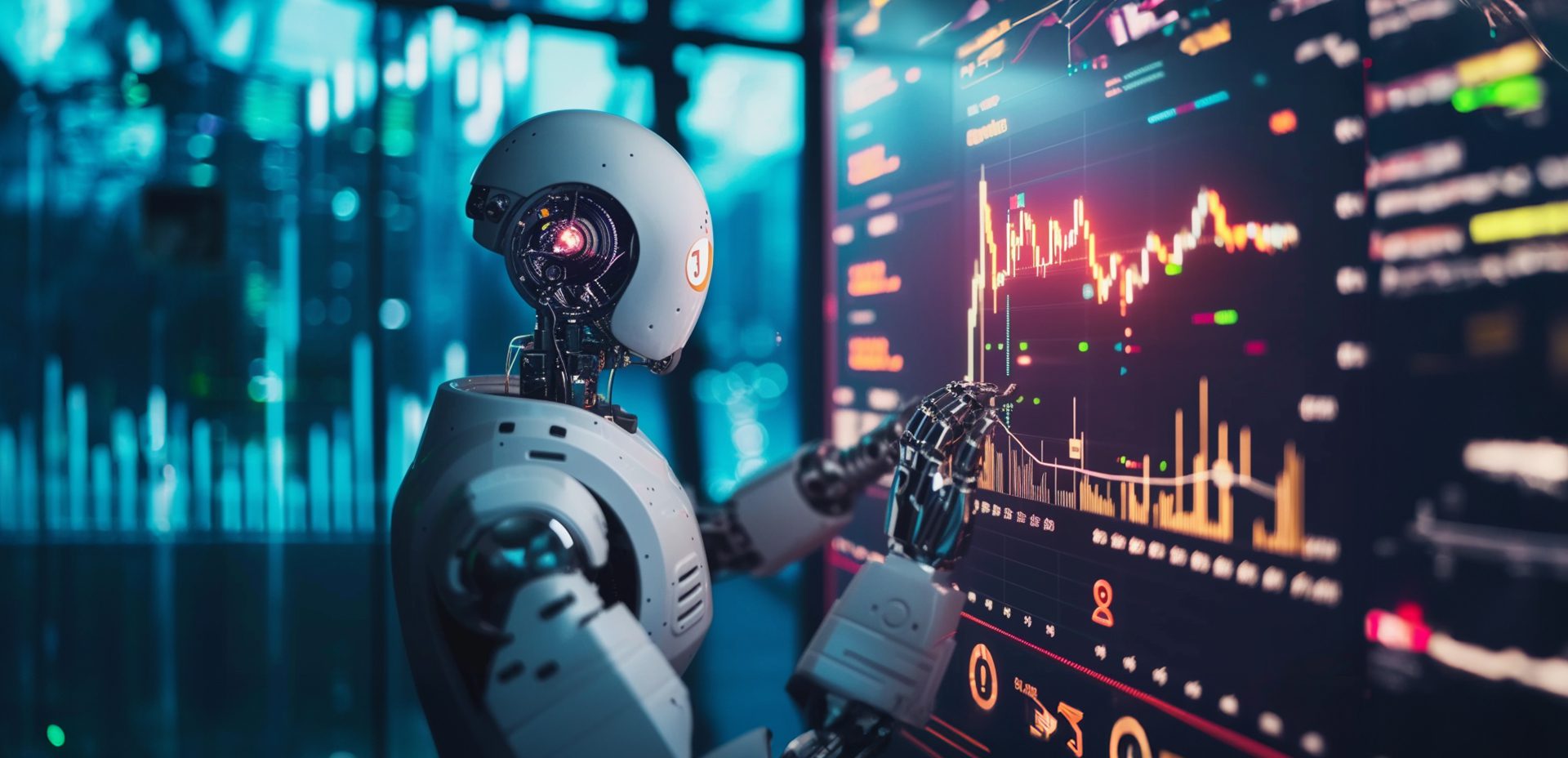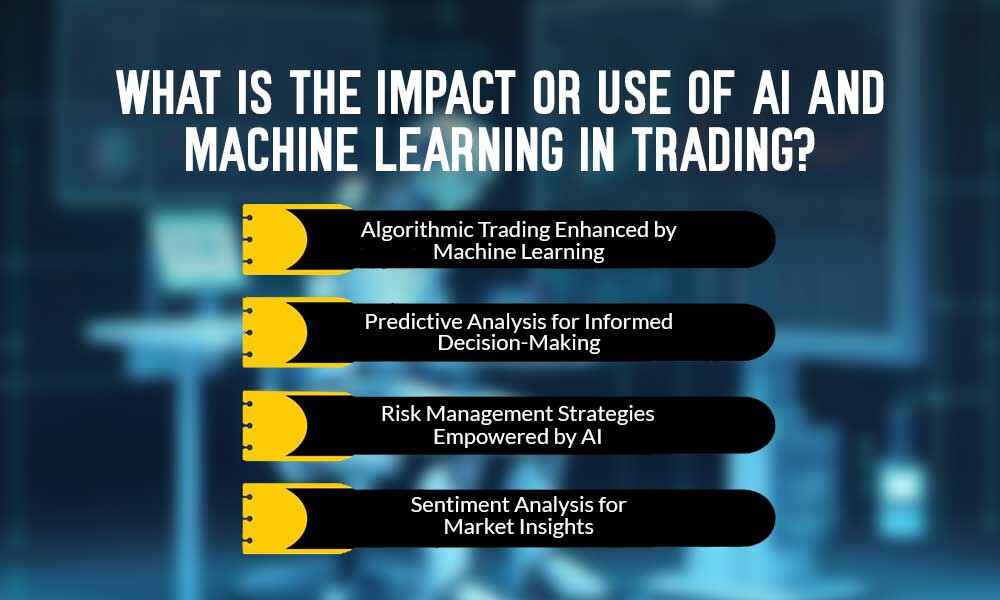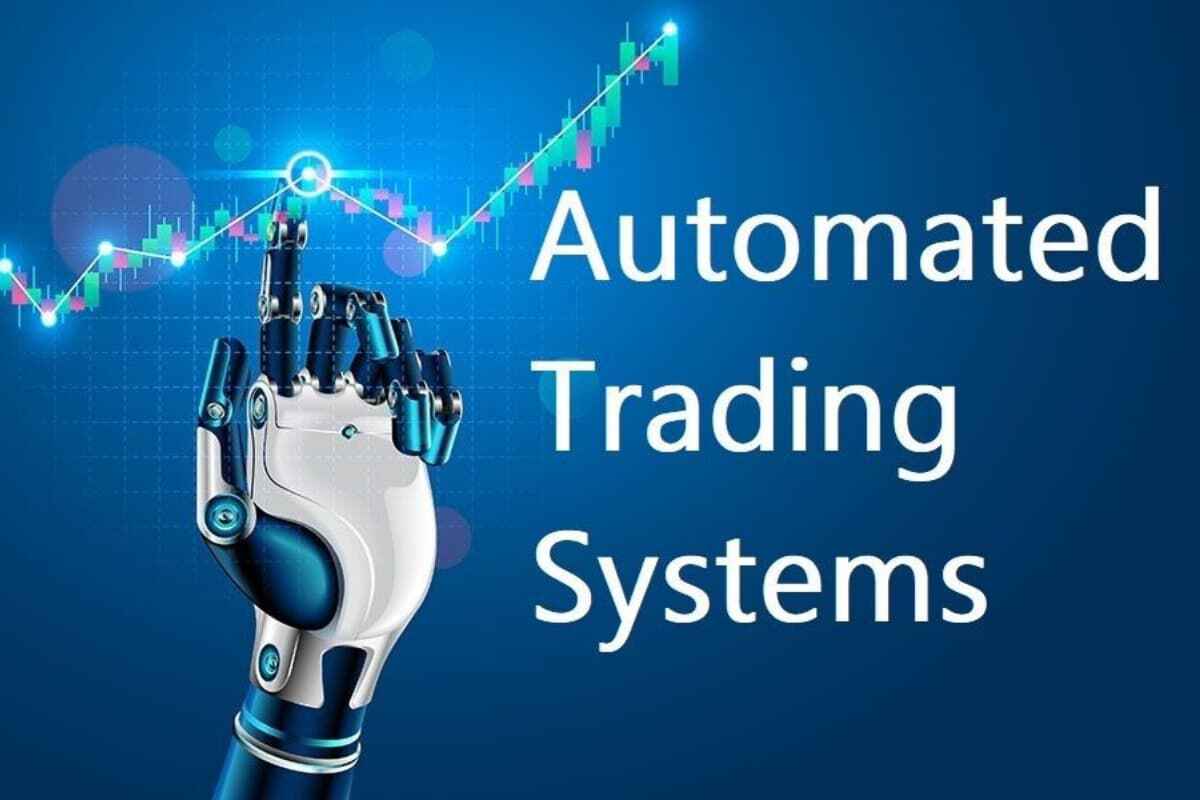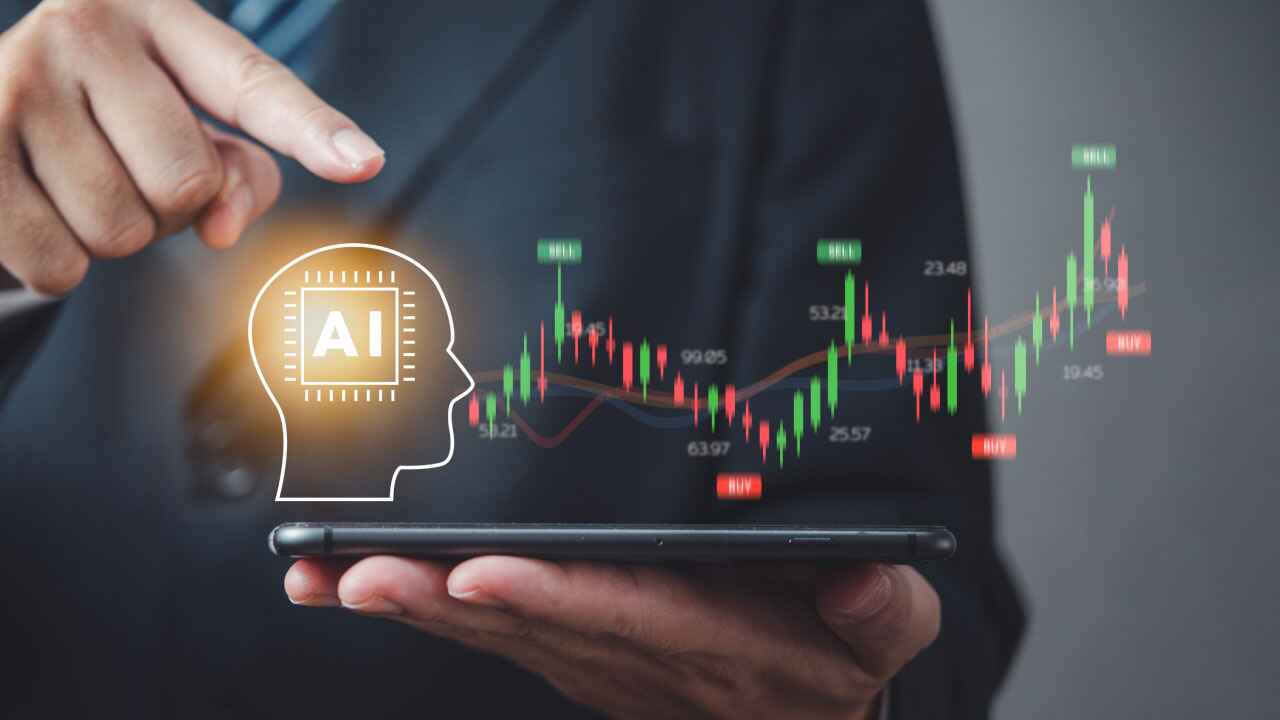The Future of Trading: AI, Machine Learning, and Automation
As financial markets become more complex, traders use technologies like artificial intelligence(AI), machine learning, and automation to gain a profit. These technologies change the rules of the traditional market and help with technical indicators. The addition of AI, automation, and machine learning is making the trading future, more efficient, accurate, and accessible.
The Rise of AI and Automation in Trading
A few months ago, Artificial Intelligence and automation created waves in the trading industry. The traditional rules of trading gradually change in human presence and need to be replaced by AI. The basic reasons for this change are efficiency and the processing ability of large real-time data.
Now, AI and automation have completely changed the world. These technologies can analyze market trends, predict future movements, and execute trades with a level of precision that is impossible to detect human mind.


AI and Machine Learning in Trading
Machine learning changes all things that how traders reach the market. These technologies help the traders to make more valuable decisions.
Predictive Analytics
AI algorithm takes the past data for good market analysis. Machine learning models, such as neural networks, can identify patterns in price data, volume, and other indicators, offering traders predictive insights. This is useful for long-trade and short-trade signals before they occur.
Automated Trading
Artificial intelligence models help in real-time decision-making. These work on the data stored in it before so that these models use previous data and make a decision. Humans may trade with emotions but these models reduced it. High-frequency trading (HFT) is a prime example of AI-powered automation that does thousands of trades per second, capitalizing on minute price differences.
Sentiment Analysis
AI works by using social media to post news and other textual data. By guessing the overall market traders can adjust their strategies, whether it’s bullish or bearish.
Risk Management
Machine learning models quickly analyze the risk by traders’ past behavior. Risk management tools that work with AI suggest position sizes, stop-loss levels, and other risk parameters, helping traders protect their capital.
Automation in Trading
Automation created a revolution in trading in how we engage with financial markets, especially the Complex Cryptocurrency world. An important automation application is the integration of candlestick pattern recognition into trading systems.
For example, traders can recognize their systems to analyze the bearish and bullish patterns, such as ‘hammer’ or ‘shooting star’ patterns. This removes the need for manual charts and enables real-time trade execution based on proven patterns.

Enhancing Market Analysis
While AI and Machine learning a game changes the traditional indicators are needed in the market. When these indicators integrate with AI then it gives a very strong Framework for trading decisions.
Moving Averages (MA)
Moving averages serve to refine price data, facilitating the identification of trends over a designated timeframe. The two most prevalent types of moving averages are the simple moving average (SMA) and the exponential moving average (EMA). When these indicators work with AI give better results in different time frameworks.
Relative Strength Index (RSI)
RSI is a Momentum oscillator that measures the speed and change of price movement. It ranges from 0 to 100, with values above 70 indicating overbought conditions and below 30 indicating oversold conditions. The machine learning algorithm makes RSI more helpful, offering more overbought or oversold signals.
Moving Average Convergence Divergence (MACD)
The MACD indicator is employed to detect variations in trend strength, direction, momentum, and duration. It comprises two moving averages, namely the MACD line and the signal line, along with a histogram. AI optimizes MACD settings by backtesting them on historical data, finding the most effective parameters for different market conditions.
Bollinger Bands
Bollinger Bands are composed of a central band, which is the Simple Moving Average (SMA), flanked by two outer bands that indicate the standard deviations from the central band. These brands help in identifying the overbought or oversold conditions. Ai expands the Bollinger band by adjusting the standard deviation values in real-time, making them more valuable.
The Impact of AI and Automation on Trading

Increased Efficiency
AI and automation increase industrial progress. This technology works in real-time data, makes quick industrial decisions, and does trade without human interference. This leads to a faster and more efficient trading process.
Reduced Risk
AI and automation do not depend on emotions and reduce the risk. By analyzing market trends and executing trades based on predefined criteria, this technology helps traders minimize losses.
Conclusion
Integration of AI machine learning and automation into trading strategies is not just a trend it’s the future of trading. These Technologies when working with indicators very good results for traders. As AI continues to evolve, we can expect even more helpful tools that will further transform the trading landscape, offering new opportunities for those prepared to embrace the change.